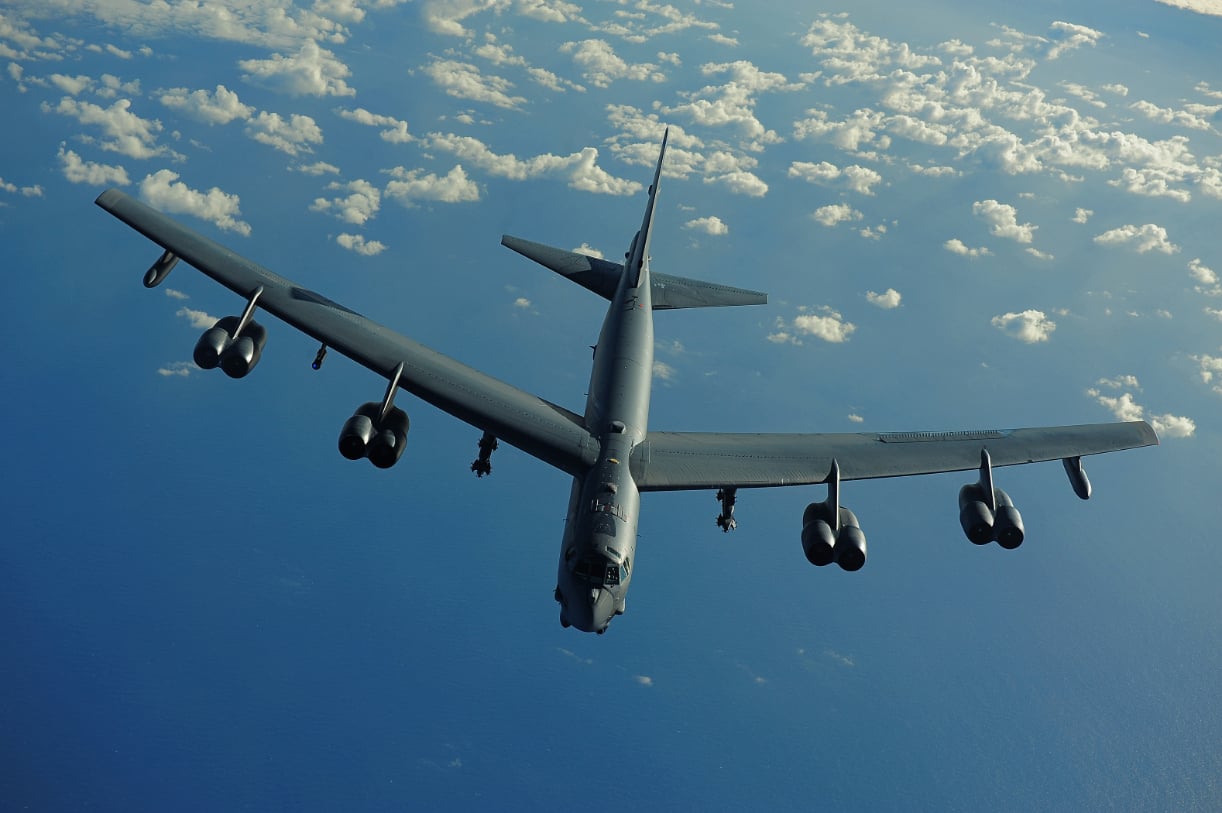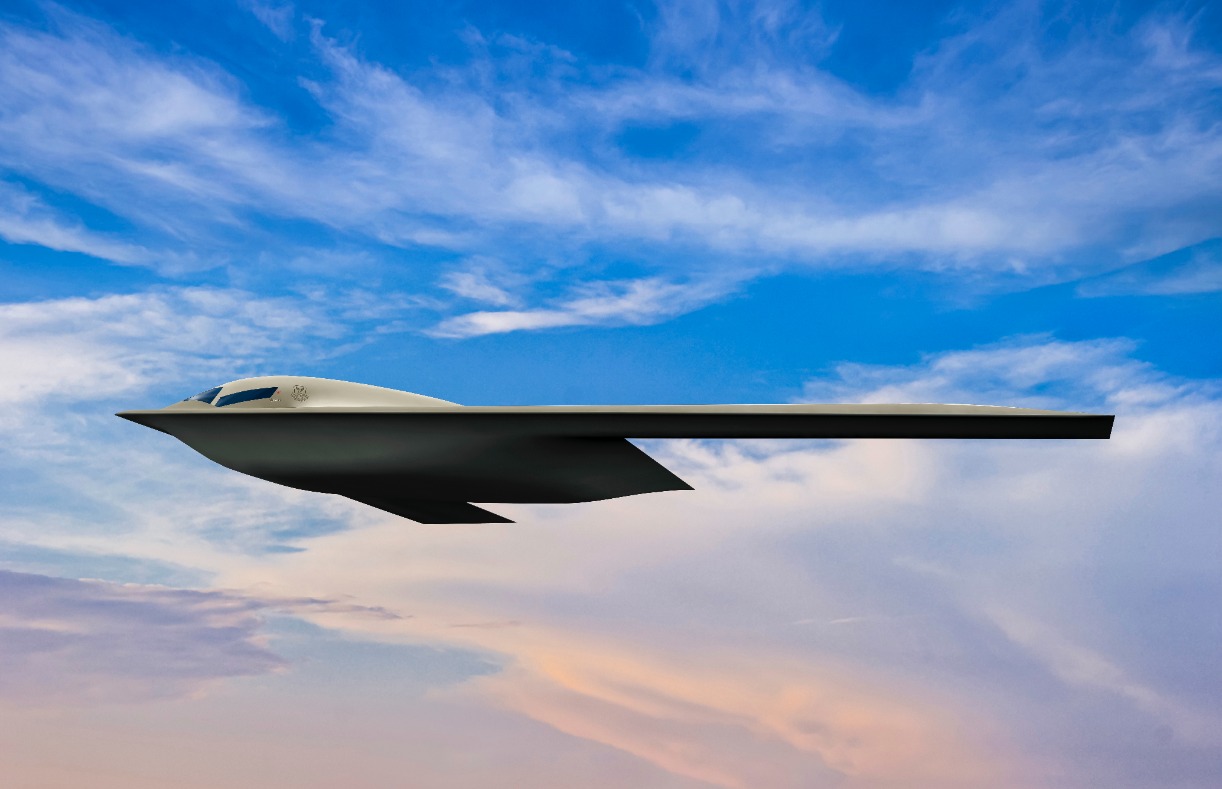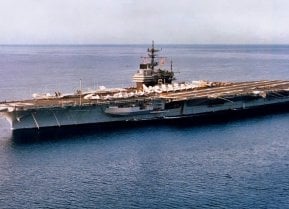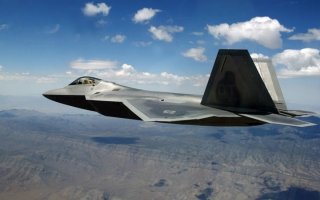One Forgotten Capability Makes the U.S. Air Force Unstoppable
Aerial refueling ensures the aircraft can reach any point on the globe without landing. Though numerous nations worldwide have produced tanker aircraft and regularly conduct air-to-air refueling operations, the United States has led the way in its development and execution for over a century.
Following the terrorist attacks on the World Trade Center (WTC) and Pentagon on September 11, 2001, the United States Air Force's B-2 Spirit bombers regularly flew from Whiteman Air Force Base (AFB), Missouri to Afghanistan and back in support of Operation Enduring Freedom. Two years later, the B-2 took part in combat operations in support of Operation Iraqi Freedom, where the aircraft flew a total of 27 sorties from Whiteman AFB.
The B-2 was able to accomplish those long-haul flights in part because the heavy-hitting bomber could travel at high subsonic speeds. However, to take off from the central United States and strike targets in Afghanistan and Iraq during the Global War on Terror (GWOT) – which was beyond its 6,000-mile range – required aerial refueling.
It is a capability of the United States Air Force that is practically taken for granted today.
Yet, it is a critical component of nearly all Bomber Task Force missions. The ability to refuel while airborne is what allows aircraft such as the B-52, B-1, and B-2 bombers to fly halfway around the world and back in a show of U.S. strength.
Moreover, aerial refueling ensures that the aircraft can reach any point on the globe without landing. Though numerous nations around the world have produced tanker aircraft and regularly conduct air-to-air refueling operations, the United States has led the way in its development and execution for more than a century.
100 Years of Flying Gas Stations
It was 100 years ago this past June that the first aerial refueling was accomplished. It clearly wasn't for the faint of heart, and it took some daring.
"On June 27, 1923, U.S. Army Air Services aviators 1st Lt. Virgil Hine and 1st Lt. Frank Seifert carefully maneuvered their DH-4 airplane precariously close to another DH-4 being flown by Capt. Lowell Smith and 1st Lt. John Richter," the Air Force Reserve Command noted as it marked the centennial anniversary of the event this year.
During that flight, Seifert carefully deployed a 50-foot rubber hose to the second aircraft. The refueling proved to be dangerous and difficult to execute, but the crews of the two aircraft successfully managed to exchange about 75 gallons of fuel before engine problems forced an end to the experiment.
The efforts to refuel while airborne had actually begun two years earlier, when in October 1921 another aviator in the back of a Huff-Daland HD-4 employed a grappling hook to snag a fuel can from a float in the Potomac River. Just a month later, one daring "wing walker" climbed from an airborne Lincoln Standard to a Curtiss IN-4 and with a gas can strapped to his back poured the fuel into the aircraft's tank.
Clearly, today's aerial refueling is far safer – and it certainly doesn't require anyone to climb out onto the wing of an aircraft!
The First Round of the World Flight
Aerial refueling has become routine, but it was in the early stages of the Cold War that the United States Air Force first demonstrated its full potential.
Air-to-air refueling was employed by the B-50 Superfortress "Lucky Lady II" of the 43rd Bomb Wing when it made its famous first non-stop around-the-world flight that took place from February 26 to March 2, 1949. The aircraft flew non-stop around the world in 94 hours and 1 minute, a feat made possible by four aerial refuelings from four pairs of KB-29M tankers of the 43d Air Refueling Squadron.
Before the mission, crews of the 43rd had experienced only a single operational air refueling contact.
The flight was conducted in secret, and even the families of the crew were unaware of the danger that their loved ones were facing, attempting a circumnavigation with a total of eight inflight refuels at four locations. Poor weather made the fuel transfers difficult.
Yet, it proved that a U.S. bomber could reach anywhere in the world.
The aircraft took off and landed at Carswell AFB, Fort Worth, Texas with the refuelings accomplished over the Azores, Saudi Arabia, the Pacific Ocean near Guam, and between Hawaii and the West Coast.
The aircraft flew at altitudes between 10,000 to 20,000 ft (3,000 to 6,100 m) and completed the trip around the world at an average ground speed of 249 mph (401 km/h; 216 kn).
Lucky Lady II's crew were each awarded the Distinguished Flying Cross and were honored by the National Aeronautic Association with its annual Mackay Trophy, recognizing the outstanding flight of the year, and by the Air Force Association with its Air Age Trophy.
General Curtis LeMay, Strategic Air Command's commanding general, greeted the aircraft on its arrival back at Carswell AFB, while then-Secretary of the Air Force W. Stuart Symington was quick to note that the ability to refuel multiple times in the air turned a medium bomber into an intercontinental bomber.

The B-50 Superfortress – an improved variant of the World War II B-29 – is now preserved in the collection of the Planes of Fame Museum in Chino, California.
Air Refueling Wings
The ability to refuel America's bombers in flight is something that simply can't be overstated.
There are now 11 Air Force Reserve air refueling wings and three air mobility wings that include aerial refueling as part of their mission. The command's fleet includes 11 KC-46As and 58 KC-135Rs and associates with the active duty to fly and maintain Air Force-owned tankers.
On June 27 of this year, AFRC had 10 aircraft from eight wings participate in Operation Centennial Contact – the Air Mobility Command-led celebration of the 100th anniversary of air-to-air refueling. In all, more than 150 Air Force tankers, including KC-135s, KC-10s, and KC-46s, from 26 installations conducted commemorative flyovers across all 50 states.

"Air refueling propels our nation's air power across the skies, unleashing its full potential," explained Gen. Mike Minihan, chief of the Air Mobility Command. "It connects our strategic vision with operational reality, ensuring we can reach any corner of the globe with unwavering speed and precision. Air refueling embodies our resolve to defend freedom and project power, leaving an indelible mark on aviation history."
Author Experience and Expertise
Peter Suciu is a Michigan-based writer. He has contributed to more than four dozen magazines, newspapers, and websites with over 3,200 published pieces over a twenty-year career in journalism. He regularly writes about military hardware, firearms history, cybersecurity, politics, and international affairs. Peter is also a Contributing Writer for Forbes.
All images are Creative Commons.


